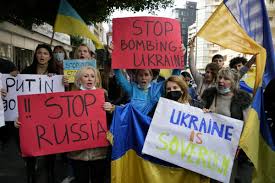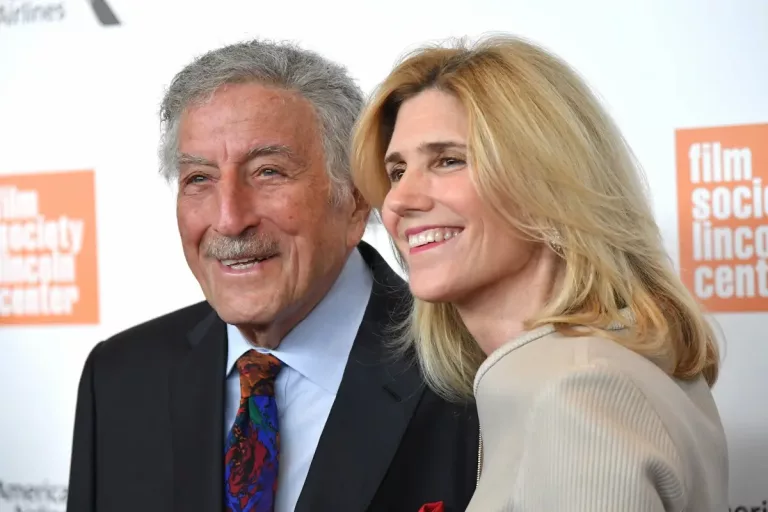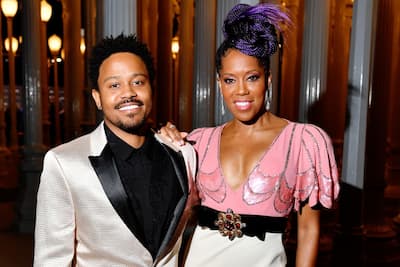Russia | Ukraine Invasion, Effects, Consequences and Response

How Far Has Russia Attacked Ukraine?
On the wake of Friday 25th of February 2022, Ukrainians heard the sound of explosions as Russian soldiers advanced deep into the nation for the second day of a land, sea, and air operation that has killed more than 130 people and displaced at least 100,000 more.
Airports and military offices were targeted first, in cities around Ukraine, before tanks and soldiers moved into the country from the north, east, and south – from Russia and its ally Belarus.
Russia is clearly attempting to destabilize Ukraine’s democratically elected government. Its goal is for Ukraine to be liberated from persecution and “cleansed of Nazis.” According to President Zelensky, “the enemy has classified me as target number one; my family is target number two.”
Russia’s objectives for Ukraine are uncertain, but it will confront tough opposition from a fiercely angry people. The people of Ukraine are terrified, and the rest of the continent is alarmed, as a major force invades a European neighbor for the first time since World War II.
Dozens of citizens and military have already killed in what Germany has called “Putin’s war.” And for Europe’s leaders, this invasion has been one of the darkest periods since the 1940s. There will be stressful days ahead for the families of both armed forces.
Ukrainians have already endured an eight-year conflict with Russian proxies. The military has called up all reservists aged 18 to 60 years old. Top US military official Mark Milley said the scale of Russian forces would mean a “horrific” scenario, with conflict in dense urban areas.
This is not a war that Russia’s population was prepared for, either, as the invasion was rubber-stamped by a largely unrepresentative upper house of parliament. The invasion has knock-on effects for many other countries bordering both Russia and Ukraine. Five countries are seeing an influx of refugees, while the UN children’s agency says its projected scenario is for up to five million refugees. Poland, Moldova, Romania, Slovakia and Hungary are all braced for arrivals.
The military has called up all reservists between the ages of 18 and 60. The size of Russian soldiers, according to top US military officer Mark Milley, would result in a “horrible” situation, with battle in dense metropolitan areas. This is also not a war for which the Russian people were prepared for, as the invasion was approved by a largely unrepresentative upper chamber of parliament.
The invasion has effects for a number of neighboring nations bordering both Russia and Ukraine. Five nations are seeing an inflow of refugees, with the UN Children’s Agency projecting a total of five million refugees. Ukraine neighbors such as the Poles, Moldovans, Romanians, Slovakians, and Hungarians are all bracing for the arrivals.
What is The Relationship Between Russia and Ukraine?
Relations between Russia and Ukraine have been strained since the 2014 Dignity Revolution, which deposed Ukraine’s elected president, Viktor Yanukovych, and his supporters, for refusing to sign a political association and free trade agreement with the European Union, which had majority support in Ukraine’s parliament.
Instead of continuing to play the tricky diplomatic game of balancing its own economic and security interests with those of Russia, the EU, and NATO members, Ukraine’s post-revolutionary authority intended to commit the nation to a future within the EU and NATO. Czech Republic, Estonia, Hungary, Latvia, Lithuania, Poland, and Slovakia joined the EU in 2004, with Bulgaria and Romania following in 2007.
The Russian government, on the other hand, worried that Ukraine’s membership with EU and NATO would complete a western wall of ally nations by preventing Russia’s access to the Black Sea. With South Korea and Japan as US allies, the Russian government was afraid that Russia was being surrounded by potentially hostile forces.
Following the Revolution of Dignity, Russia supported separatist militias in the Donetsk People’s Republic and the Luhansk People’s Republic in a battle in Ukraine’s economically crucial Donbas area, which borders Russia on the east. The ethnic majority in this region is Russian.
By early 2022, the Russo-Ukrainian War had killed over 13,000 people and resulted in some Western sanctions against Russia. In 2019, revisions to Ukraine’s Constitution were made which established the country’s geopolitical direction towards EU and NATO membership as irreversible.
Throughout 2021 and 2022, Russia’s military buildup near Ukraine’s border increased tensions and damaged bilateral ties, with the US issuing a clear warning that an invasion would have grave consequences for Russia’s economy.
How Did The Tension Between The Two Nations Start?
The Russian Federation and Ukraine are currently in a state of war. The Russo-Ukrainian War erupted in 2014 after Russia’s takeover of Crimea from Ukraine. The initial purpose of the war was on the status of Crimea and sections of the Donbas, which are internationally recognized as being part of Ukraine.
Russia started an invasion of Ukraine on February 24, 2022, prompting Ukraine to cut diplomatic ties with its eastern neighbor.
President Vladimir Putin warned in a pre-dawn TV speech on February 24 that Russia could not feel “secure, develop, or exist” because of what he believed was a persistent threat from modern Ukraine. Most of his arguments were illogical or misleading. He stated that his purpose was to defend those who had been subjected to bullying and genocide, as well as to “demilitarize and de-Nazify” Ukraine.
However, there has been no genocide in Ukraine since it is a lively democracy headed by a Jewish president. In response to those allegations, Ukraine president Volodymyr Zelensky stated, “How could I be a Nazi?” as he compared Russia’s invasion to Nazi Germany’s invasion during World War II.
Late in 2021, Russia started mobilizing large numbers of troops on Ukraine’s borders, although Russia frequently claimed that it intended to attack. In 2015, president Putin abandoned a peace settlement for the east and recognized rebel-held territories as an independent.
Russia has long opposed Ukraine’s progress toward the European Union and NATO, the West’s defensive military alliance. He accused Nato of risking “their historic future as a country” as he announced Russia’s invasion. In January, the UK accused Moscow of trying to install a pro-Moscow puppet as Ukraine’s president, an allegation Russia dismissed at the time as rubbish. According to one questionable intelligence source, Russia intends to divide the country in two.
How Has NATO, EU And The West, and Other Countries Reacted?
NATO has activated its warplanes, but the Western alliance has stated that it has no intentions to send combat forces to Ukraine. They have instead provided advisers, weapons, and field hospitals. Meanwhile, NATO has stationed 5,000 troops in the Baltic nations and Poland.
4,000 more might be dispatched to Romania, Bulgaria, Hungary, and Slovakia. Meanwhile, the West is focusing on Russia’s economy, financial institutions, and individuals.
The EU aims to limit Russia’s access to finance markets and isolate its industry from cutting-edge technology and defense. It has also targeted 351 MPs who supported Russia’s recognition of rebel-held territories.
Germany has suspended approval for Russia’s Nord Stream 2 gas pipeline, which represents a significant investment by both Russian and European corporations.
What Are The Economic Effects of the Russia | Ukraine Invasion?
First of all, the United States is targeting ten of Russia’s largest financial institutions, which hold over 80% of the country’s banking assets, making it difficult for them to do transactions in dollars or euros. According to the UK, all major Russian banks’ assets would be blocked, with 100 persons and organizations targeted.
Also, Russia’s national airline Aeroflot will be restricted from landing in the UK. Moreover, Germany has suspended approval for Russia’s Nord Stream 2 gas pipeline, which represents a significant investment by both Russian and European corporations.



